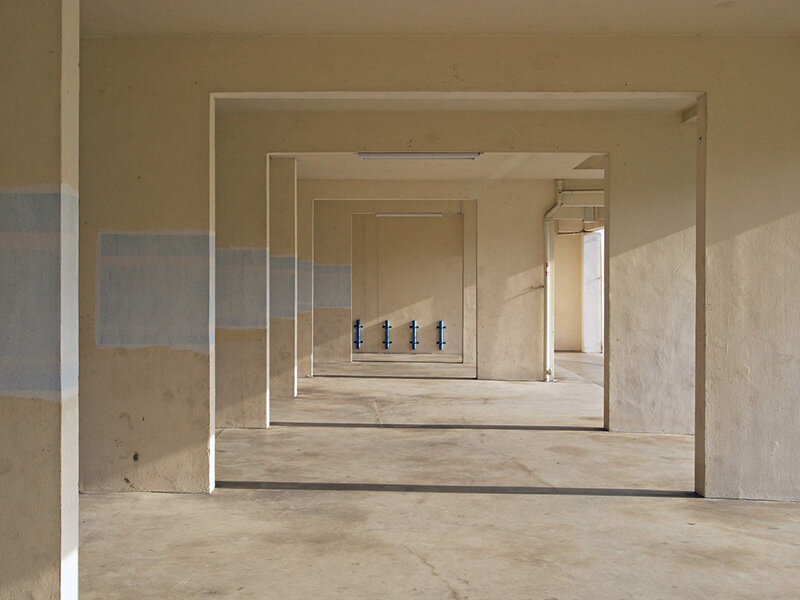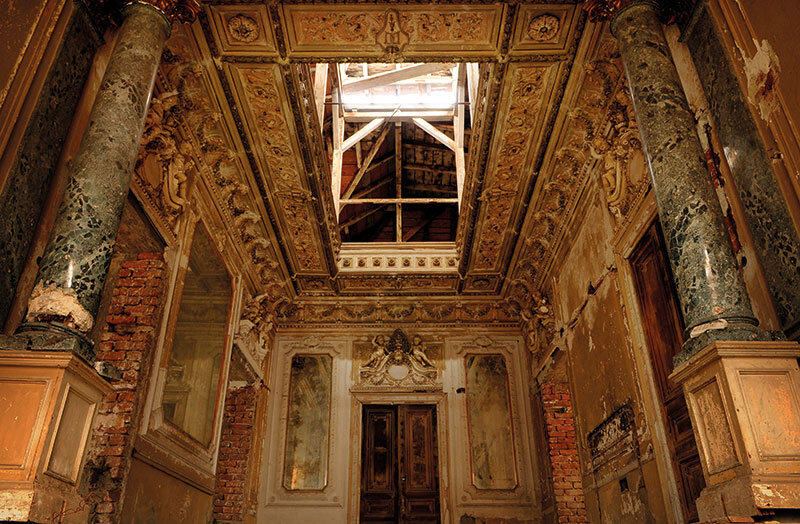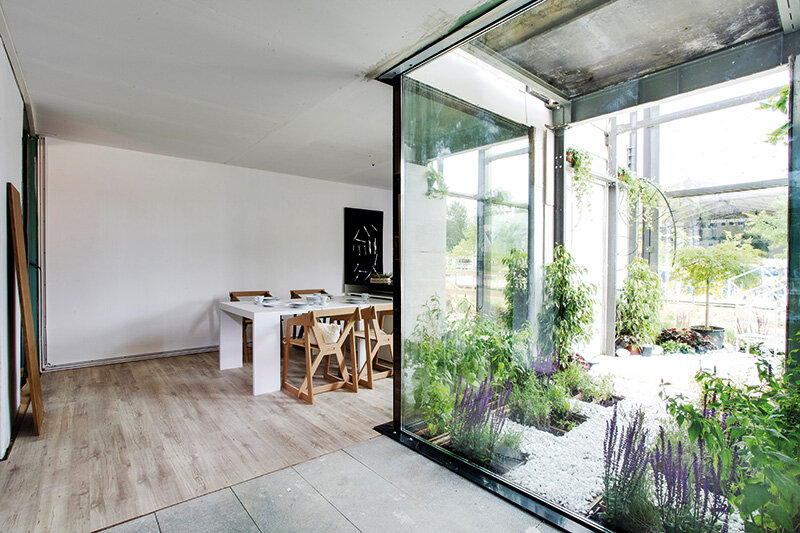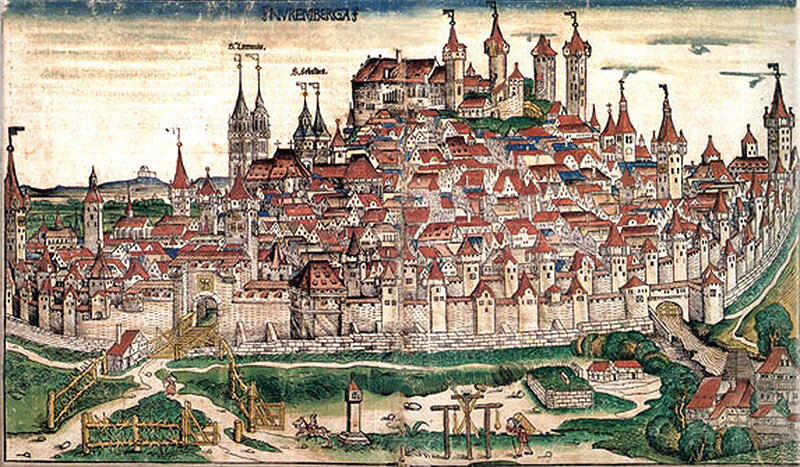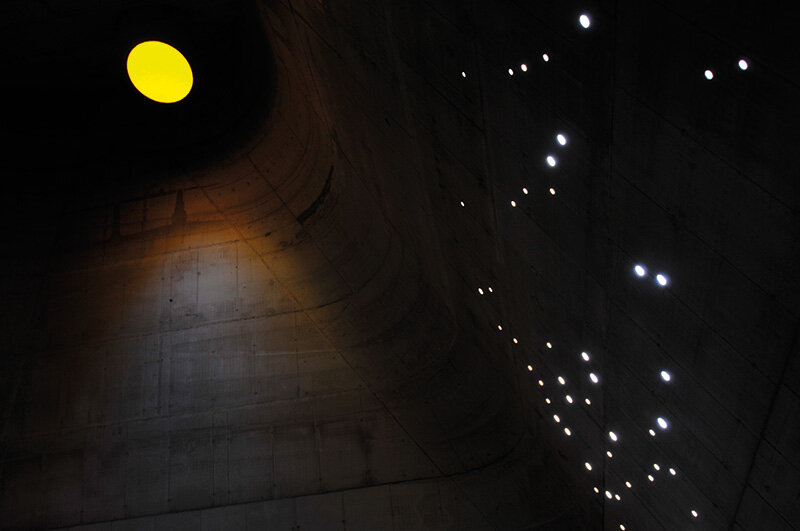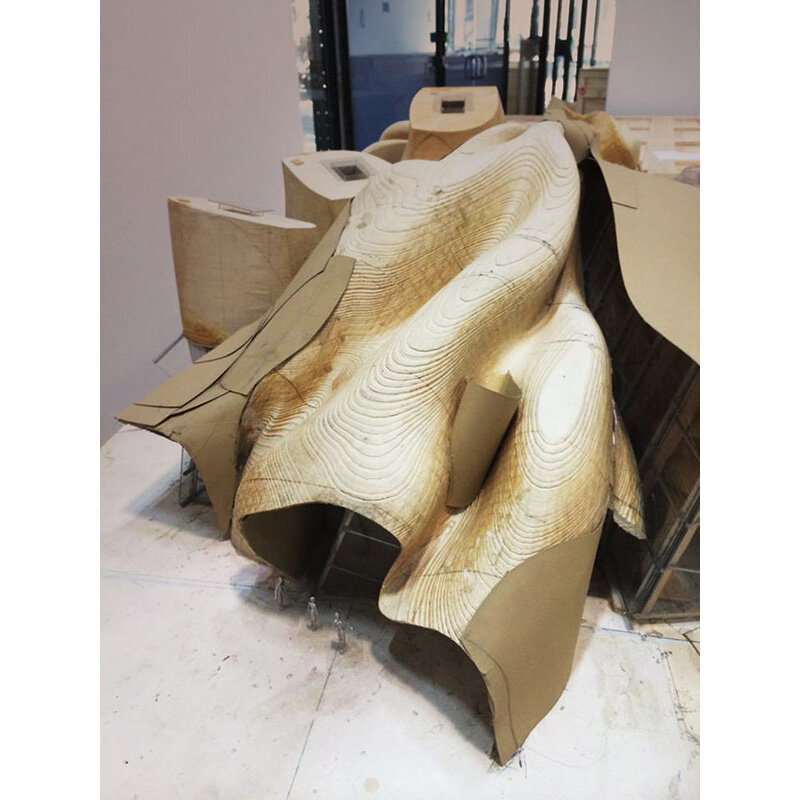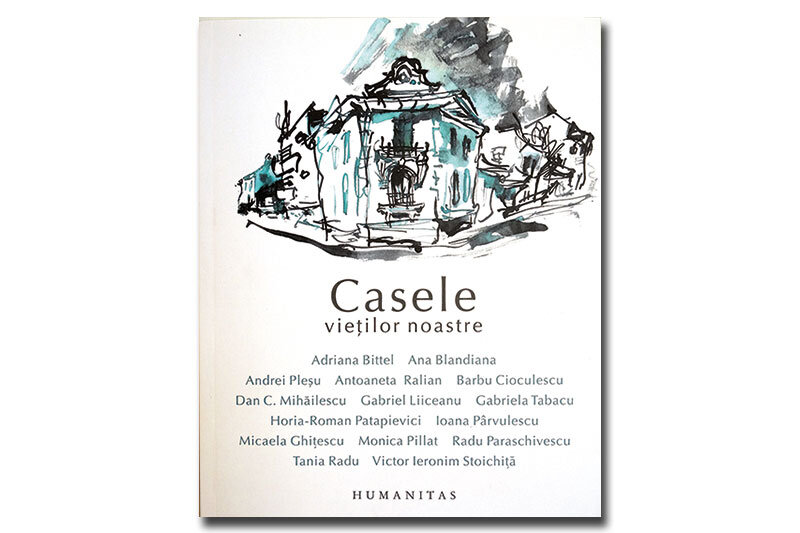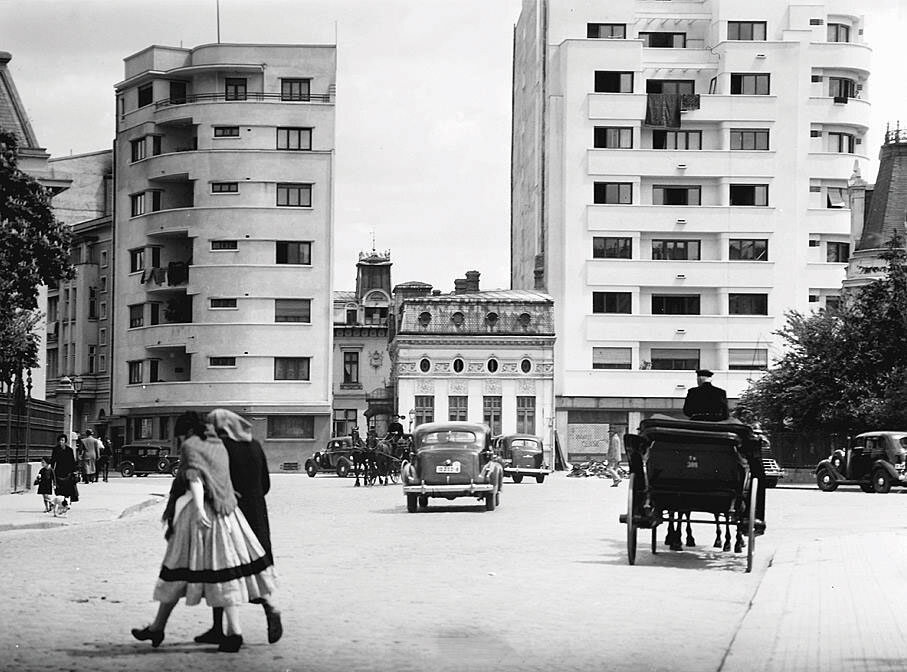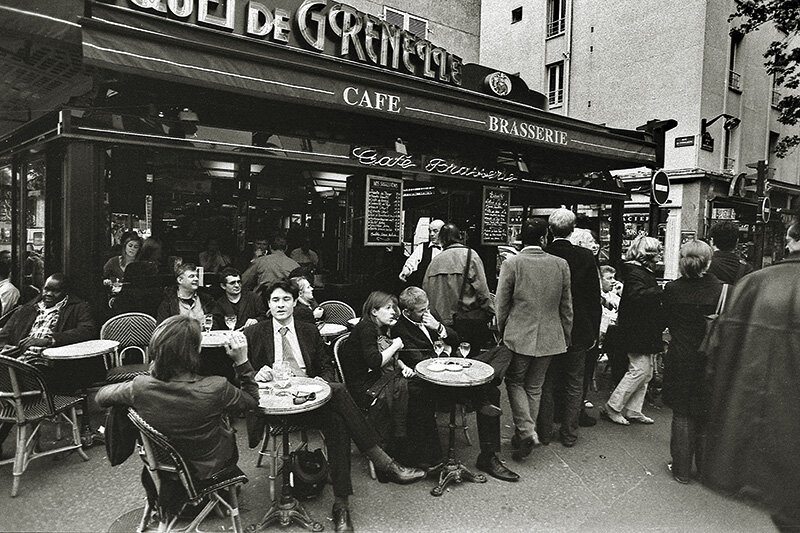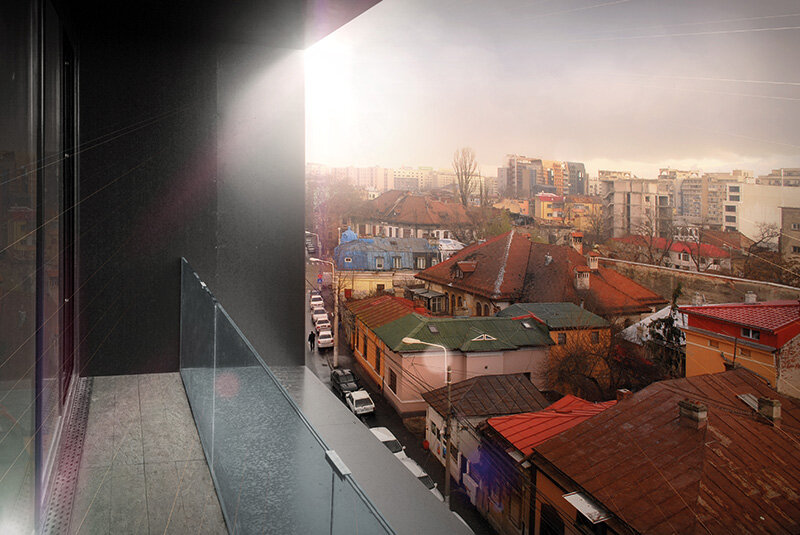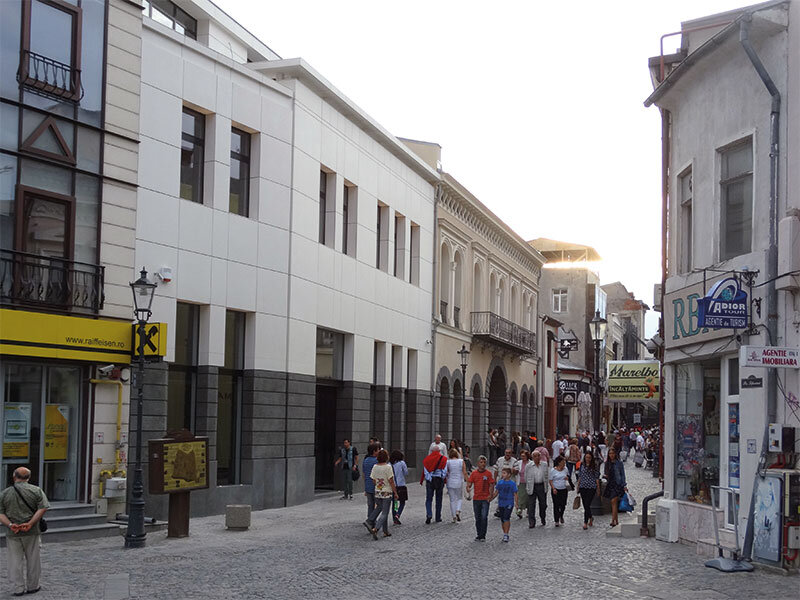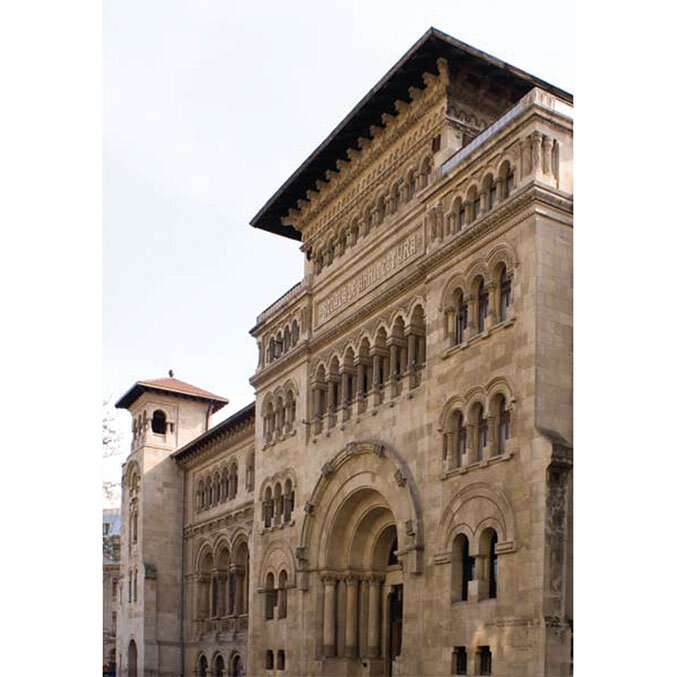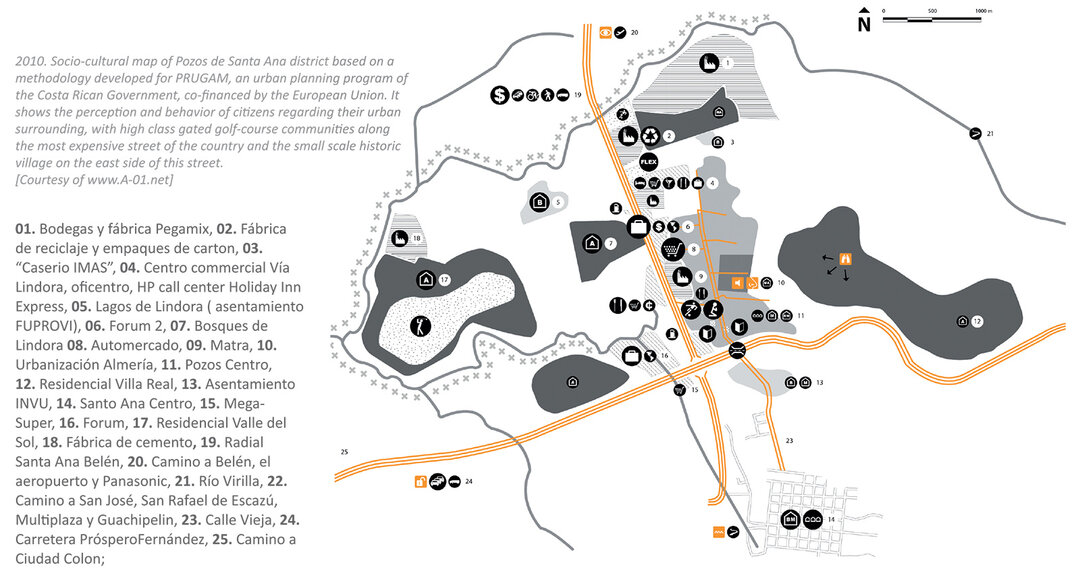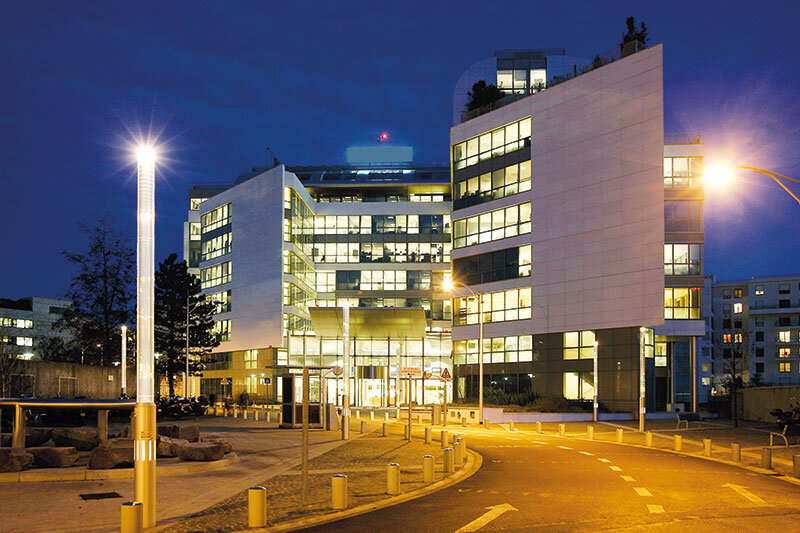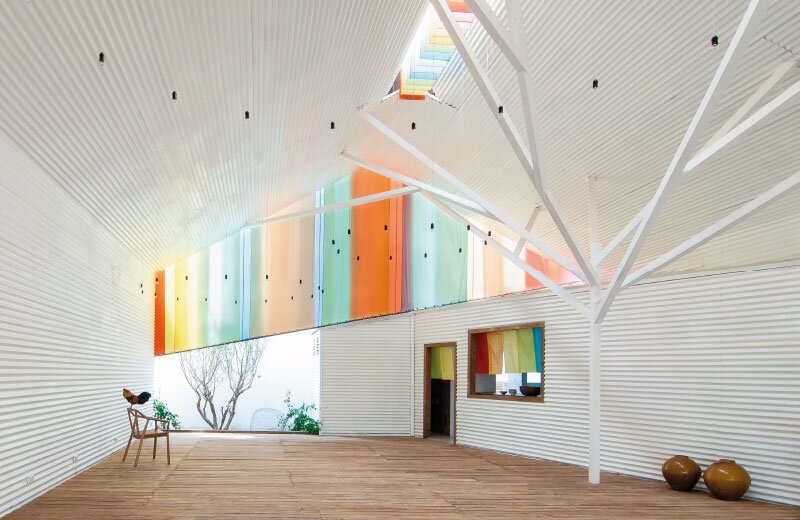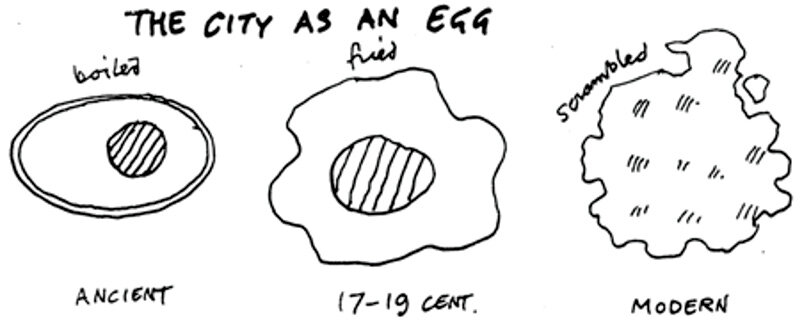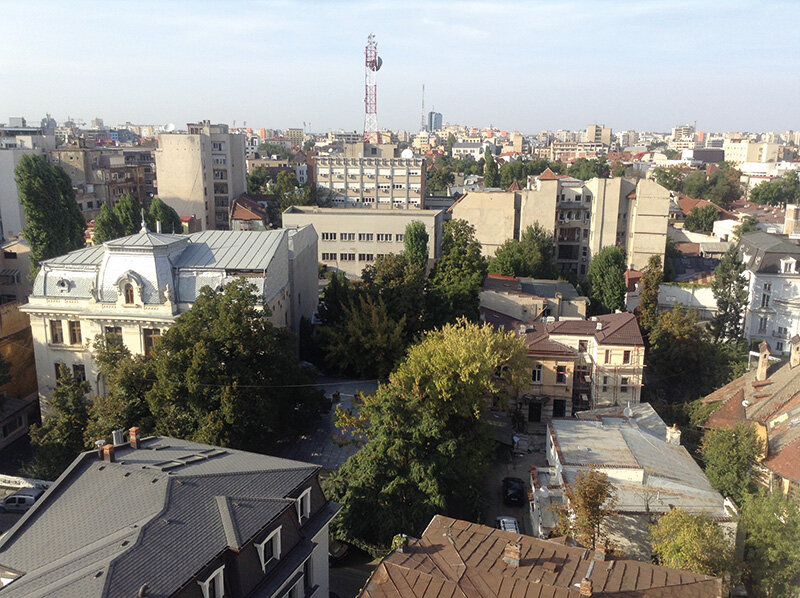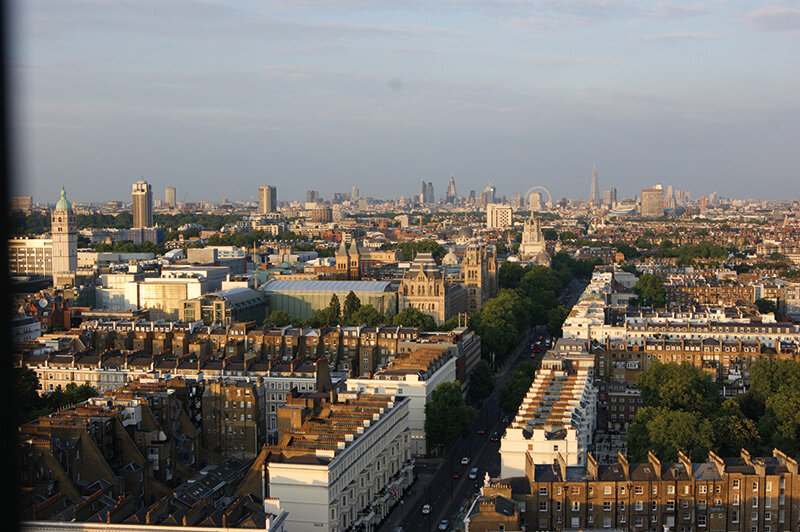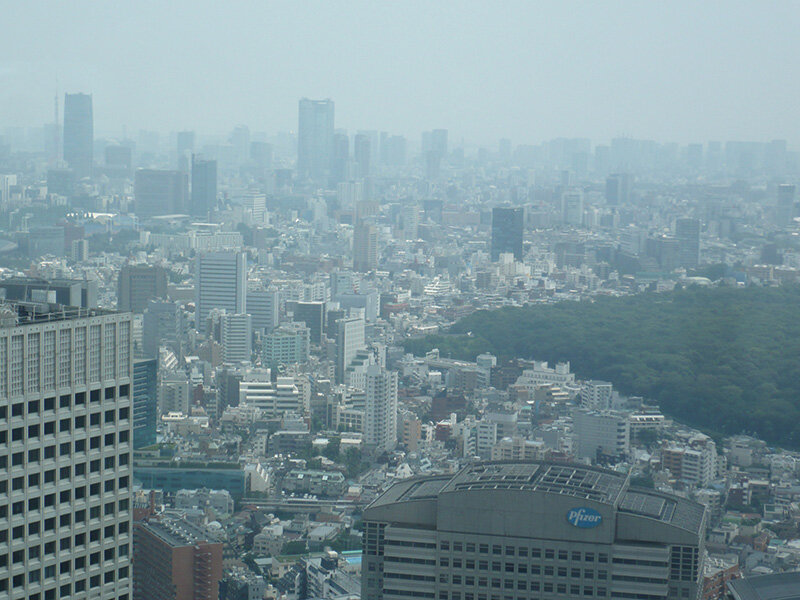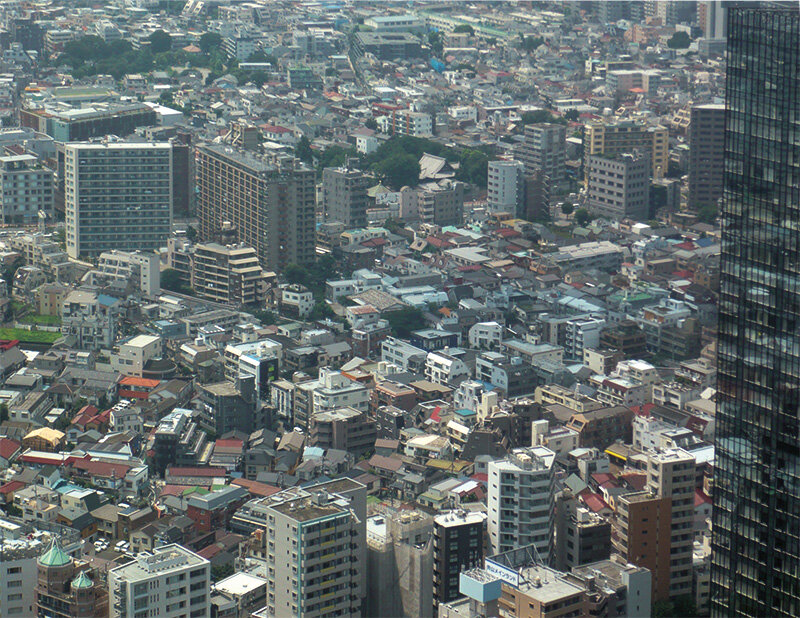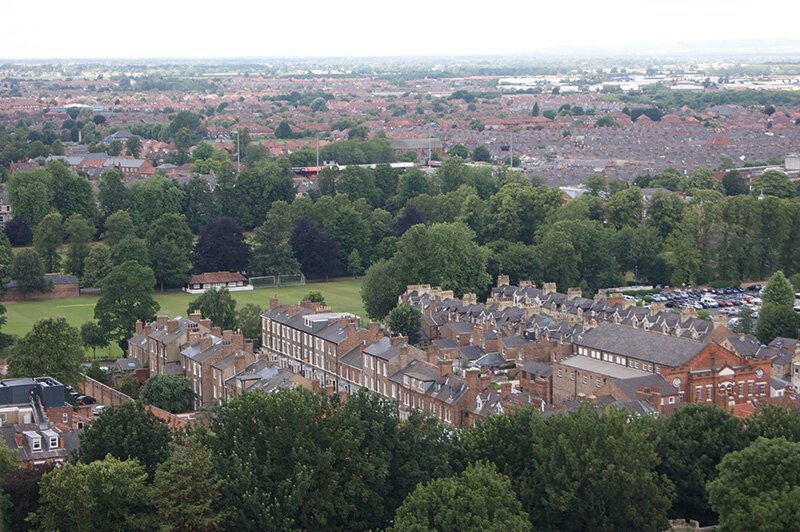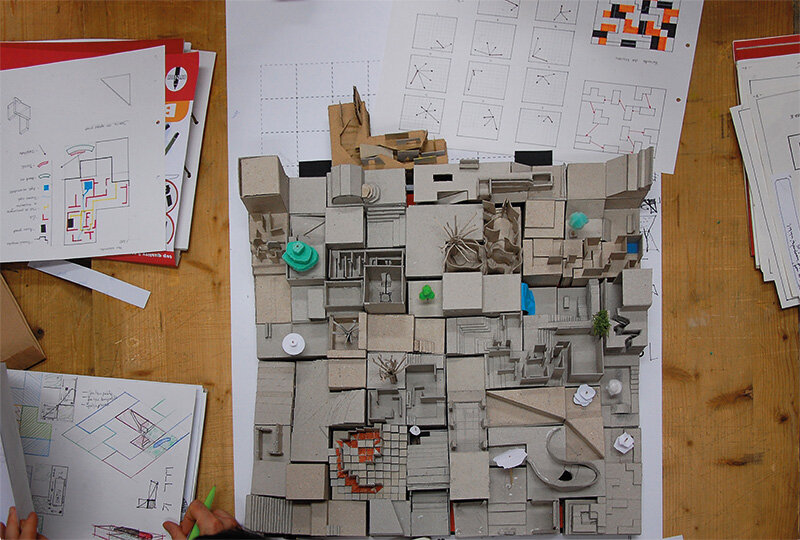
Neighborhood as a transition from geometric to social space

Neighbourliness predates the city and is linked to the sedentarization of a population (on the one hand - territorial proximity), but also to the "contiguity" of a space, as proximity - the etymology of the English word neighborhood being that of "inhabitant next to someone", similar in meaning to the Latin vicinus/vicus1 . A situation or a quality (as in the mathematical definition of equidistance from a given point), the term then denotes a territory "occupied" in this way, of gregariousness - perhaps a territory divided into contiguous parts, but also the population inhabiting it in this way.
In the Merlin-Choay Dictionary2, the term voisinage(voisinage, in the sense of appropriation) is directly related to quartier - a part of the territory of a city, with its own 'physiognomy' and characterized by distinctive features which give it individuality. The differentiating factors that Maurice Imbert (the author of the article on the 'quartier') points out may be: topography, period of construction/constitution, architectural, urban or historical features, dominant housing typology, dominant function, distribution of socio-economic groups, sometimes ethnic separation. He emphasizes, however, in relation to the meaning of the term 'neighbourhood', 'the population living in a part of the city', that 'the sociological reality of the neighbourhood is complex and controversial'.
Neighborhood and neighborhood are re-encountered in the definition of the 'neighborhood unit' as 'the housing neighborhood with its everyday facilities'. As one might not expect, the "neighborhood unit" appeared in 1929 as a concept promoted by the Regional Plan Association for New York City. It is then used systematically in new British cities, as having 2,000-4,000 dwellings and separated from other neighborhoods by major thoroughfares and planted spaces. It is also used in new (then) Swedish neighborhoods or under the title of district - of up to 40,000 inhabitants - in the USSR (hence the import...), and also amplified to large scale around Amsterdam (up to 100,000 inhabitants) (...) (...)
Read the full text in the double issue 4-5 / 2014 of Arhitectura Magazine
Notes:
1 English dictionaries naturally include vicinity.
2 Dictionnaire de l'Urbanisme et de l'Amenagement, PUF, 1988, p. 556.
photo: Liviu Ianăș


